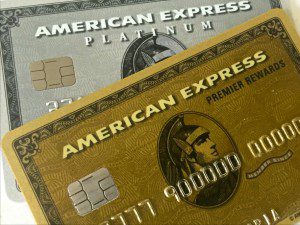
The American Express Platinum vs The Premier Rewards Gold Card
[Offers contained within this article may no longer be available] A lot of people seem to ask which AMEX card is best for them: The American Express Platinum or the Premier

[Offers contained within this article may no longer be available] A lot of people seem to ask which AMEX card is best for them: The American Express Platinum or the Premier
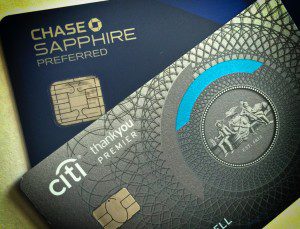
[Offers contained within this article may no longer be available] Both the Chase Sapphire Preferred and the Citi Thankyou Premier Card are two cards that offer pretty exceptional opportunities for earning and
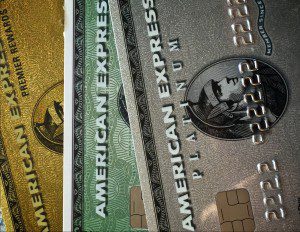
[Offers contained within this article may no longer be available] There’s a ton of Amex cards out there to choose from and it can be a little daunting trying to
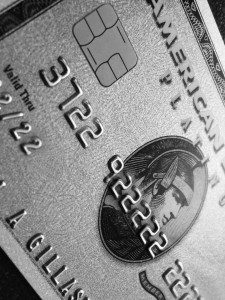
The American Express Platinum card is an ideal travel card for those travelers interested in travel benefits and perks. These are people who typically fly at least a handful of
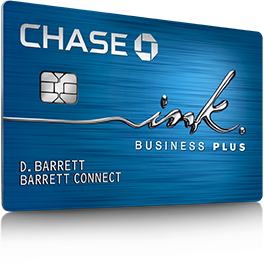
[This article contains expired offers] Disclaimer: Take this advice with a grain of salt – I don’t work for Chase nor do I have an “inside” connection to the credit card
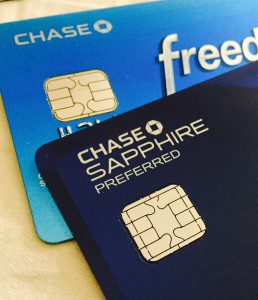
For traveling, the Chase Sapphire Preferred (CSP) is easily a superior card to the Chase Freedom but the two cards offer different perks that, depending on your goals, might make

Two of the best travel rewards credit cards out available right now have to be the Chase Sapphire Preferred and the American Express Premier Rewards Gold Card. I’ve got both of
| Cookie | Duration | Description |
|---|---|---|
| cookielawinfo-checkbox-analytics | 11 months | This cookie is set by GDPR Cookie Consent plugin. The cookie is used to store the user consent for the cookies in the category "Analytics". |
| cookielawinfo-checkbox-functional | 11 months | The cookie is set by GDPR cookie consent to record the user consent for the cookies in the category "Functional". |
| cookielawinfo-checkbox-necessary | 11 months | This cookie is set by GDPR Cookie Consent plugin. The cookies is used to store the user consent for the cookies in the category "Necessary". |
| cookielawinfo-checkbox-others | 11 months | This cookie is set by GDPR Cookie Consent plugin. The cookie is used to store the user consent for the cookies in the category "Other. |
| cookielawinfo-checkbox-performance | 11 months | This cookie is set by GDPR Cookie Consent plugin. The cookie is used to store the user consent for the cookies in the category "Performance". |
| viewed_cookie_policy | 11 months | The cookie is set by the GDPR Cookie Consent plugin and is used to store whether or not user has consented to the use of cookies. It does not store any personal data. |
